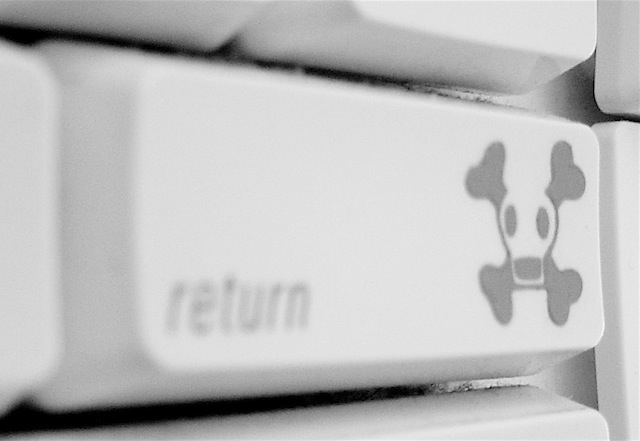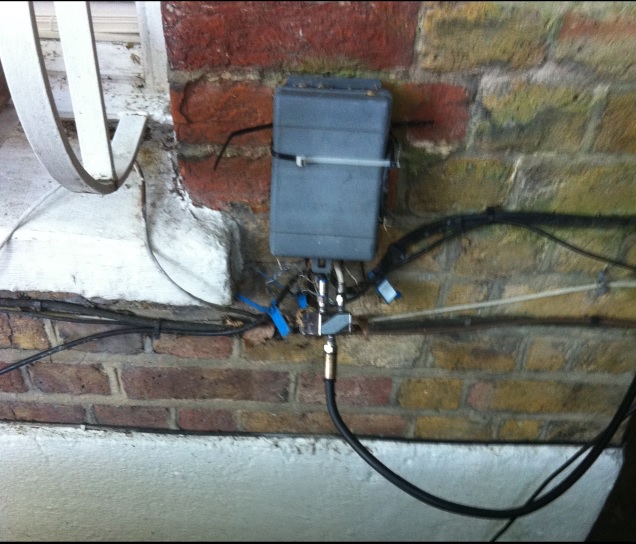Over the past decade the idea of offering Wi-Fi internet connections to customers has become standard in the hospitality industry, today it’s pretty well a commodity.
Not so long ago it was difficult to find a cafe that offered Wi-Fi and many of those that did either charged for it or were part of a provider’s networks that you had to be a member of.
Today, Wi-Fi has become pretty standard in cafes and places like airport terminals although interestingly the hotel industry has been slow to adopt it.
In the hotel industry a perverse rule of thumb seems to apply that the more expensive the property is, the pricier internet access will be as backpackers hostels invariable have free Wi-Fi while six star hotels charge anything up toe $30 a day for a connection.
While the hotel industry still has to be dragged into the 21st Century on this front, cafes seem to have reached a point where having Wi-Fi is no longer a commercial advantage but not having free internet is now a distinct disadvantage.
This was the point made by Nicholas Carr in his 2003 essay IT Doesn’t Matter where he suggested that computers, and other ‘infrastructural technologies’, don’t offer a competitive advantage once they are widely adopted.
For a brief period, as they are being built into the infrastructure of commerce, these “infrastructural technologies,” as I call them, open opportunities for forward-looking companies to gain strong competitive advantages. But as their availability increases and their cost decreases – as they become ubiquitous – they become commodity inputs. From a strategic standpoint, they become invisible; they no longer matter.
Carr’s proposition also implies that businesses who don’t adopt these technologies once they’ve become widespread risk being irrelevant and marginalised.
For cafes, this means that customers will be ignoring them unless they do offer Wi-Fi and it will be another cost of doing business for the proprietors of coffee shops.
Which begs the question of how do cafes differentiate themselves.
Perhaps the answer lies in the dog bowl shown in the photo, making a venue pet, or child, friendly may be one way to attract customers.
One thing’s for sure, just having good coffee and tea might not be enough to cut it in the future.




